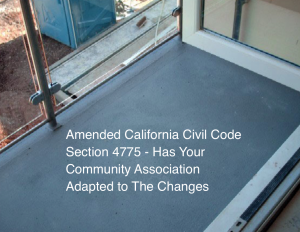 By David C. Swedelson, Community Association Attorney at SwedelsonGottlieb
By David C. Swedelson, Community Association Attorney at SwedelsonGottlieb
Many California community association’s CC&Rs, particularly those in older communities, do not clearly state who is responsible for the repair or replacement of exclusive use common area. This typically relates to the waterproofing of patios and balconies at most condo associations. That is the exclusive use area defined in the CC&Rs that requires repair and/or replacement (for most condominium associations, exclusive use common area is limited to balconies, patios and parking spaces). Before January 1st of 2017, there was some uncertainty as to who is responsible for the repair or replacement of exclusive use common area which led to disputes between associations and owners.
Fortunately, amended Civil Code Section 4775 helps clarify this issue. If the CC&Rs are not clear, we look to Civil Code Section 4775. That section, like former Civil Code section 1364, its predecessor, had since the mid 1980s provided that the association is responsible for repairing, replacing, or maintaining the common area, other than exclusive use common area, and the owner of each separate interest is responsible for maintaining that separate interest and any exclusive use common area appurtenant to the separate interest.
 HOA Law Blog
HOA Law Blog



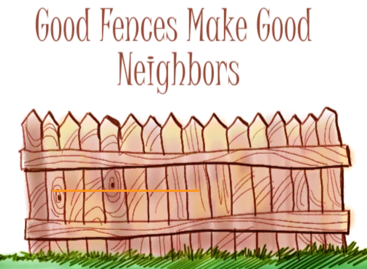 Your community association prides itself on how beautiful and well maintained the common area is. But the owner of the neighboring apartment/condominium/home/property is from Planet “Who Cares”. The fence that borders your property is an eyesore, and the neighboring property owner refuses to talk to the board or management about the situation. Is there anything you can do? This situation is more common than you might think, and the answer is yes!
Your community association prides itself on how beautiful and well maintained the common area is. But the owner of the neighboring apartment/condominium/home/property is from Planet “Who Cares”. The fence that borders your property is an eyesore, and the neighboring property owner refuses to talk to the board or management about the situation. Is there anything you can do? This situation is more common than you might think, and the answer is yes! Since the inception of the Davis-Stirling Act in 1985, there has been confusion regarding owner vs. association responsibility for the repair or replacement of exclusive use common area. AB 968, legislation sponsored by the
Since the inception of the Davis-Stirling Act in 1985, there has been confusion regarding owner vs. association responsibility for the repair or replacement of exclusive use common area. AB 968, legislation sponsored by the 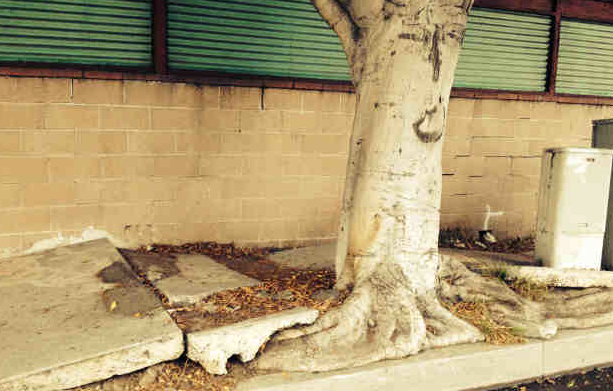
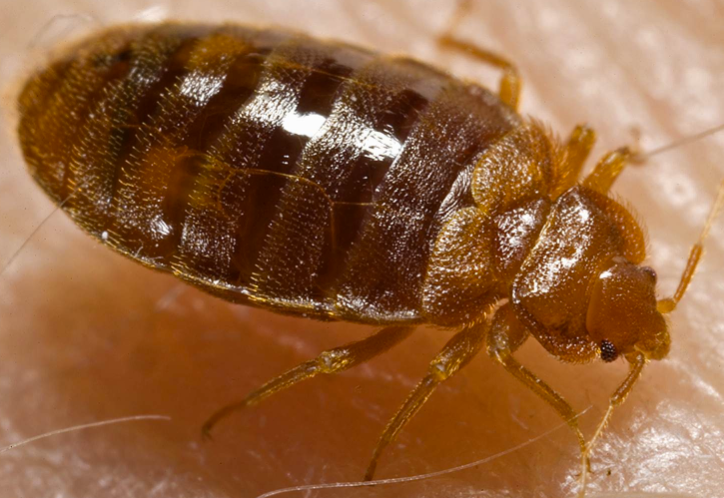 What exactly is a bedbug? Bedbugs are insects. They are reddish brown, oval and flat, about the size of an apple seed. Decades ago, bedbugs were eradicated from most developed nations using dichlorodiphenyltrichloroethane (commonly known as DDT) – a pesticide that has since been banned because it’s so toxic. There has been a resurgence of bedbugs in the United States in recent years as a result of increased international travel, changes in pest control practices, and insecticide resistance. And several of our condominium association clients have reported units infested with these little bugs.
What exactly is a bedbug? Bedbugs are insects. They are reddish brown, oval and flat, about the size of an apple seed. Decades ago, bedbugs were eradicated from most developed nations using dichlorodiphenyltrichloroethane (commonly known as DDT) – a pesticide that has since been banned because it’s so toxic. There has been a resurgence of bedbugs in the United States in recent years as a result of increased international travel, changes in pest control practices, and insecticide resistance. And several of our condominium association clients have reported units infested with these little bugs.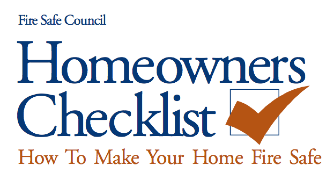
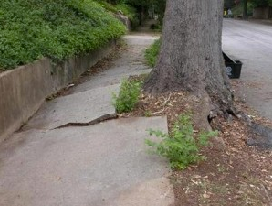 There have been a number of articles written over the last few years regarding the fact that municipalities do not have the money or resources to repair sidewalks broken up by tree roots. There had been some programs in some California cities that would reimburse homeowners up to one half the cost of repairing sidewalks that have been damaged by tree roots. But as a result of the weakened economy, these programs are not funded, and there is no money to reimburse owners.
There have been a number of articles written over the last few years regarding the fact that municipalities do not have the money or resources to repair sidewalks broken up by tree roots. There had been some programs in some California cities that would reimburse homeowners up to one half the cost of repairing sidewalks that have been damaged by tree roots. But as a result of the weakened economy, these programs are not funded, and there is no money to reimburse owners.